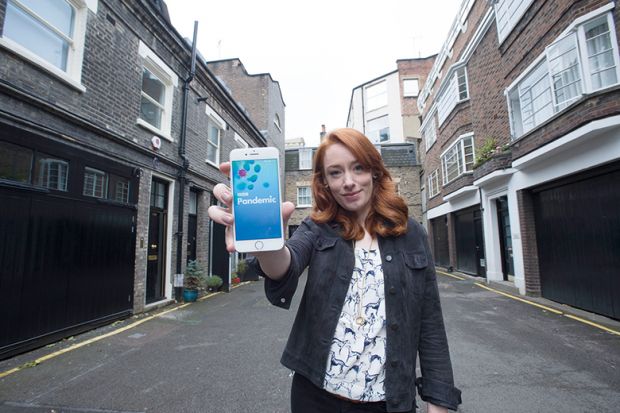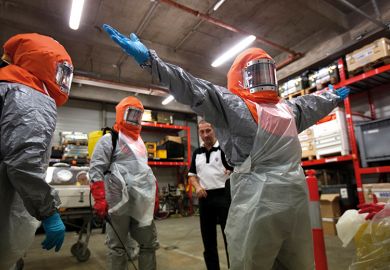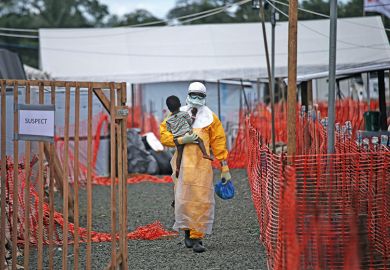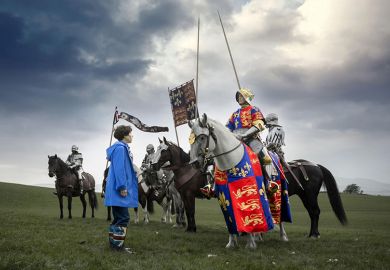Scientists claim to have generated “a new gold standard dataset for pandemic research” thanks to a television programme.
Contagion! The BBC Four Pandemic, set to be broadcast on 22 March, sets out to illustrate “the life-saving power of maths”. It does so by simulating the impact of the outbreak of a Spanish flu-type virus, using a specially created app that tracks the position of close to 29,000 volunteers every hour over a whole day.
These data are then linked to information about the number of people that each individual has been in contact with, and all this is sent to a team led by Julia Gog, professor of mathematical biology at the University of Cambridge.
Since plausible assumptions lead to an estimated national death toll of nearly 890,000 people, the programme makes for dramatic if sobering viewing. Yet behind it is a formidable collaboration between Cambridge and the London School of Hygiene and Tropical Medicine, University of London, which should greatly improve future efforts to model the spread of epidemics.
“Often, you get telly experiments and real experiments,” admitted presenter Hannah Fry, senior lecturer in the mathematics of cities at UCL, “but in this case we managed to get our objectives to align – we all wanted many people to get involved and contribute their data, so the academics can go on to do what they want with it outside the telly arena.” The result is “a totally solid piece of academic research”, she said.
To develop realistic models of the spread of disease, explained Adam Kucharski, assistant professor in mathematical modelling at LSHTM, researchers need to “understand different types of social behaviour”, yet “it’s always very difficult to get that information at scale”. To learn about how people are moving about, for example, researchers often fall back on “approximations such as commuter data”, which exclude children.
“So far, studies have either focused on collecting the contact data or self-assessed movement data, and it turns out that people are quite wrong when they assess the distances they have travelled,” added Petra Klepac, assistant professor of infectious disease modelling at LSHTM. Meanwhile, even “the largest UK study of contact mixing to date has [only] about 5,000 participants”.
The BBC project should transform all this. The resources of the corporation plus an energetic marketing campaign through social media not only produced much a larger sample size, but also brought in far more under-35s, generally under-represented in previous studies.
“If we had had only university-level resources, we’d have really struggled to get the numbers we managed,” Dr Fry said. Although it had been possible to run only some fairly simple mathematical models in time for the television programme, she saw immense possibilities for exploring different scenarios on the basis of the far more solid data that they now possessed.
“You could look at the effects that closing schools would have,” she suggested. “On the one hand, you don’t have kids spreading viruses between each other, but they have to go somewhere – they can’t be locked in at home the entire time. Something the mathematical model can do very well is play out two potential worlds, one where you close the schools and one where you don’t.”
Register to continue
Why register?
- Registration is free and only takes a moment
- Once registered, you can read 3 articles a month
- Sign up for our newsletter
Subscribe
Or subscribe for unlimited access to:
- Unlimited access to news, views, insights & reviews
- Digital editions
- Digital access to THE’s university and college rankings analysis
Already registered or a current subscriber?









